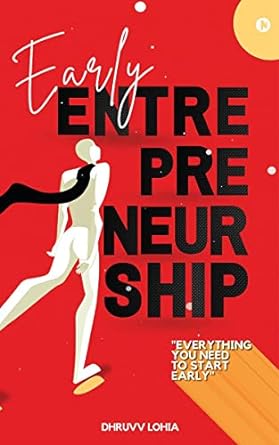Answered step by step
Verified Expert Solution
Question
1 Approved Answer
Certainly, let's delve deeper into each of the proposed improvements or modifications to the system for the Family Planning Research Center of Nigeria's project: Resource
Certainly, let's delve deeper into each of the proposed improvements or modifications to the system for the Family Planning Research Center of Nigeria's project:
Resource Optimization:
Conduct a thorough assessment of the skills, expertise, and availability of team members. Assign tasks based on individual strengths and competencies to maximize productivity.
Utilize a resource management tool or software to track resource allocation and ensure optimal utilization of personnel and materials.
Consider crosstraining team members to enhance versatility and flexibility in task assignments, allowing for smoother transitions between different project activities.
Training Efficiency:
Incorporate interactive training methods such as roleplaying, case studies, and group discussions to engage participants actively and enhance learning outcomes.
Develop concise and targeted training materials focusing on key concepts and practical application of skills relevant to the project objectives.
Utilize online learning platforms or elearning modules to provide flexible and accessible training options for field teams, allowing them to complete training at their own pace.
Parallel Task Execution:
Identify dependencies among project activities and explore opportunities to overlap tasks that can be performed concurrently without compromising quality or safety.
Create a detailed project schedule with clear milestones and deadlines for each activity, ensuring that critical path activities are prioritized while noncritical tasks are executed in parallel.
Implement regular progress reviews and status updates to track the performance of parallel tasks and address any potential conflicts or bottlenecks proactively.
Outsourcing Noncore Activities:
Evaluate the feasibility of outsourcing noncore activities, such as transportation arrangements or administrative tasks, to specialized service providers or vendors.
Define clear deliverables and expectations for outsourced tasks, including quality standards, timelines, and communication protocols.
Establish robust contractual agreements with external partners to ensure accountability, transparency, and adherence to project requirements.
Streamlined Communication Channels:
Implement centralized communication channels, such as project management software or collaboration platforms, to streamline communication and information sharing among team members.
Define communication protocols and channels for different types of communication, such as regular progress updates, urgent notifications, and decisionmaking processes.
Provide training and support to team members on the effective use of communication tools and platforms to facilitate efficient collaboration and coordination.
Flexibility in Scheduling:
Build flexibility into the project schedule by incorporating buffer time or contingency periods to accommodate unexpected delays or disruptions.
Monitor project progress closely and adjust the schedule as needed based on realtime feedback and changing circumstances.
Communicate openly with stakeholders about schedule adjustments and manage expectations proactively to minimize the impact of changes on project outcomes.
Performance Incentives:
Design incentive programs that align with project objectives and encourage desired behaviors and outcomes among team members.
Recognize and reward individual and team achievements through incentives such as bonuses, awards, or public acknowledgment.
Foster a culture of continuous improvement and excellence by celebrating successes and encouraging a sense of ownership and accountability among team members.
Continuous Monitoring and Evaluation:
Establish key performance indicators KPIs and metrics to monitor project progress, performance, and outcomes effectively.
Conduct regular performance reviews and evaluations to identify areas for improvement, address emerging issues, and capitalize on opportunities for optimization.
Use datadriven insights and lessons learned from monitoring and evaluation activities to inform decisionmaking, refine strategies, and drive continuous improvement throughout the project lifecycle.
Collaboration with Stakeholders:
Engage stakeholders proactively throughout the project lifecycle, from initial planning and implementation to monitoring and evaluation.
Foster open communication, mutual trust, and collaboration among stakeholders to leverage their expertise, resources, and support.
Establish formal mechanisms for stakeholder engagement, such as advisory committees, focus groups, or community forums, to ensure meaningful participation and feedback.
Risk Management Strategies:
Conduct a comprehensive risk assessment to identify potential threats, vulnerabilities, and opportunities that may impact project success.
Develop risk mitigation plans and contingency measures to address identified risks effectively, including proactive measures to prevent or minimize their impact.
Monitor and reassess risks regularly thro
Step by Step Solution
There are 3 Steps involved in it
Step: 1

Get Instant Access to Expert-Tailored Solutions
See step-by-step solutions with expert insights and AI powered tools for academic success
Step: 2

Step: 3

Ace Your Homework with AI
Get the answers you need in no time with our AI-driven, step-by-step assistance
Get Started


